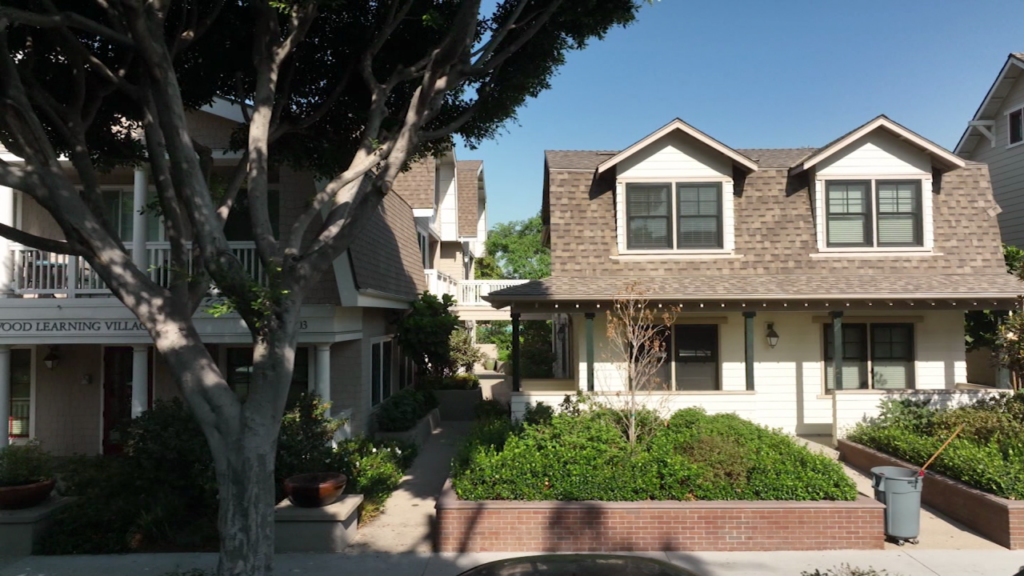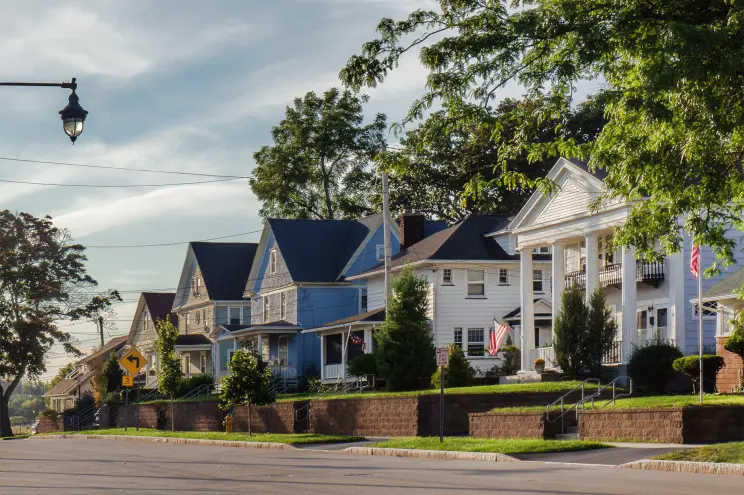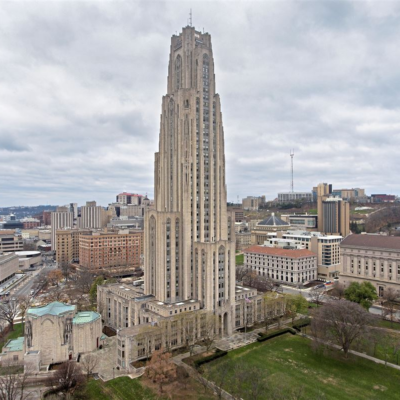First-time homebuyers across the United States are facing significant affordability issues in 2025, driven by a combination of skyrocketing home prices, high mortgage rates, and limited housing supply. These challenges are not only delaying the dream of homeownership for many but are also leading to growing calls for urgent government policy interventions.
The Rising Cost of the American Dream

According to the National Association of Realtors (NAR), the median home price in the U.S. reached over $390,000 in early 2025, marking an increase of more than 30% over the past three years. In many urban markets such as Los Angeles, New York, and Austin, prices are even higher, putting a standard home well out of reach for most first-time buyers.
At the same time, mortgage interest rates have jumped from below 3% in 2021 to nearly 7% in 2025. This spike in borrowing costs means that even if a buyer can afford the down payment, monthly mortgage payments are much higher than they were just a few years ago.
Backlink: Learn more about current housing market trends from NAR.
Mortgage Rates and Inflation Fuel the Crisis
The Federal Reserve’s ongoing attempts to combat inflation have kept interest rates high, directly impacting mortgage rates. While this is meant to stabilize the economy, it has severely hurt housing affordability for those trying to enter the market for the first time.
A standard 30-year fixed mortgage now costs hundreds more per month than it did just three years ago. Combined with higher prices and stricter lending standards, the current market is pushing many potential buyers into long-term renting, even if they were financially prepared to buy a home just a few years ago.
The Down Payment Dilemma
For first-time buyers, one of the biggest hurdles remains the down payment. With most lenders requiring a minimum of 10% to 20%, many buyers are being asked to produce tens of thousands of dollars upfront.
For example, on a $400,000 home—a modest price in many cities—a 20% down payment would require $80,000. In a country where the average household savings for those under 35 is under $10,000, this kind of upfront cost is nearly impossible for many to meet.
Backlink: See this Federal Reserve report on household finances.
Inventory Shortage Makes It Worse
The problem is further compounded by a shortage of available homes. New housing construction has slowed due to high material costs and labor shortages, and many existing homeowners are reluctant to sell due to their low locked-in mortgage rates.
This has led to fierce competition among buyers, with many homes receiving multiple offers and selling well above asking price. First-time buyers, who often cannot afford bidding wars or waive inspections, are frequently pushed aside by cash-rich investors or experienced buyers.
Backlink: Read about housing inventory trends from Realtor.com.
The Human Impact of the Housing Crisis

For many, the consequences of these affordability challenges are deeply personal. Young professionals, recent college graduates, and newly married couples often find themselves priced out of markets near their work or families.
Some are forced to move farther from city centers into rural or suburban areas, which often lack job opportunities, public transportation, or essential amenities. Others delay life milestones—like marriage, starting a family, or saving for retirement—because so much of their income goes toward rent or saving for a down payment.
Policy Experts Call for Intervention
Housing advocates and economists are calling on federal and state governments to step in with meaningful support for first-time homebuyers. Proposals include:
- Down payment assistance grants
- Low-interest loan programs
- Expanding tax incentives
- Increasing investment in affordable housing development
- Relaxing restrictive zoning laws to allow for more multi-family and low-cost housing options
President Biden’s recent remarks on housing suggest the administration is considering expanding current programs aimed at helping new buyers. However, critics argue that without substantial investment, any relief efforts may fall short of addressing the scale of the crisis.
Backlink: Explore current government housing assistance programs.
Renting Is No Longer the “Affordable” Option
Unfortunately, renting is not much easier. As demand for rental properties increases due to the lack of homebuying options, rent prices have also surged.
In cities like Miami, Denver, and San Francisco, monthly rent for a one-bedroom apartment now exceeds $2,000, further squeezing the budgets of young adults and making it harder to save for a future down payment. This cycle continues to push the dream of homeownership farther away.
What Can First-Time Buyers Do?
For those still determined to buy their first home, experts recommend several strategies:
- Consider alternative locations: Suburbs or smaller towns may offer more affordable options.
- Improve credit score: Better credit means better loan rates.
- Use first-time buyer programs: Many states offer programs that reduce down payment burdens.
- Avoid high-debt obligations: Lenders look closely at debt-to-income ratios.
- Be patient and stay informed: The market fluctuates—opportunities do arise.
Backlink: Find out about first-time homebuyer tips from the CFPB.
Looking Ahead
Unless significant changes are made at both the policy and market levels, the dream of homeownership will remain out of reach for millions of first-time buyers. While some relief may come through shifts in interest rates or housing supply, lasting solutions require a broader national commitment to affordability and access.
For now, many Americans are left waiting—hoping for a chance to buy their first home before it’s too late.
Also Read – Moody’s Exposes U.S. Regions With Soaring Home Prices






